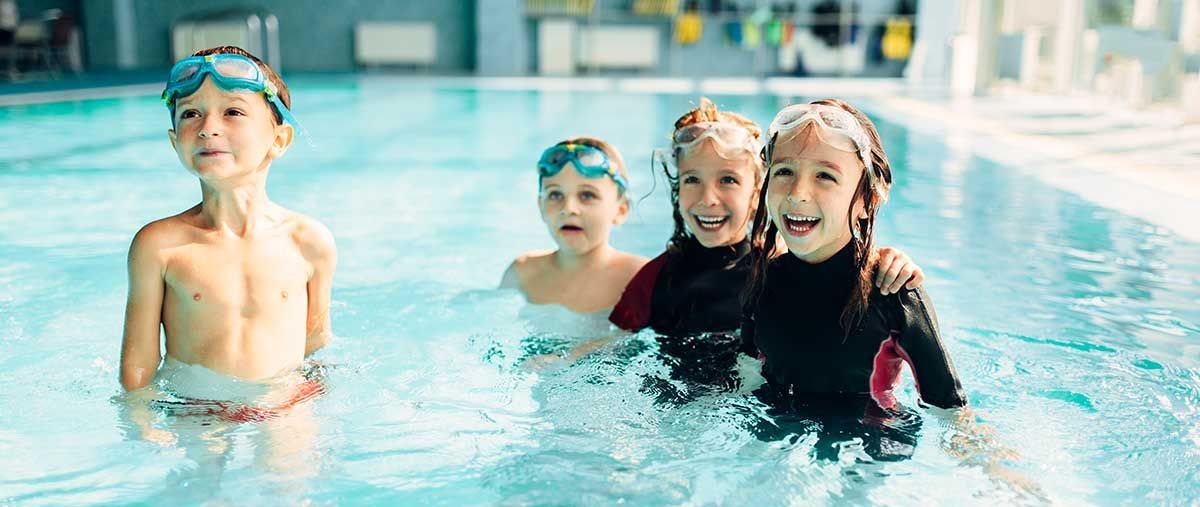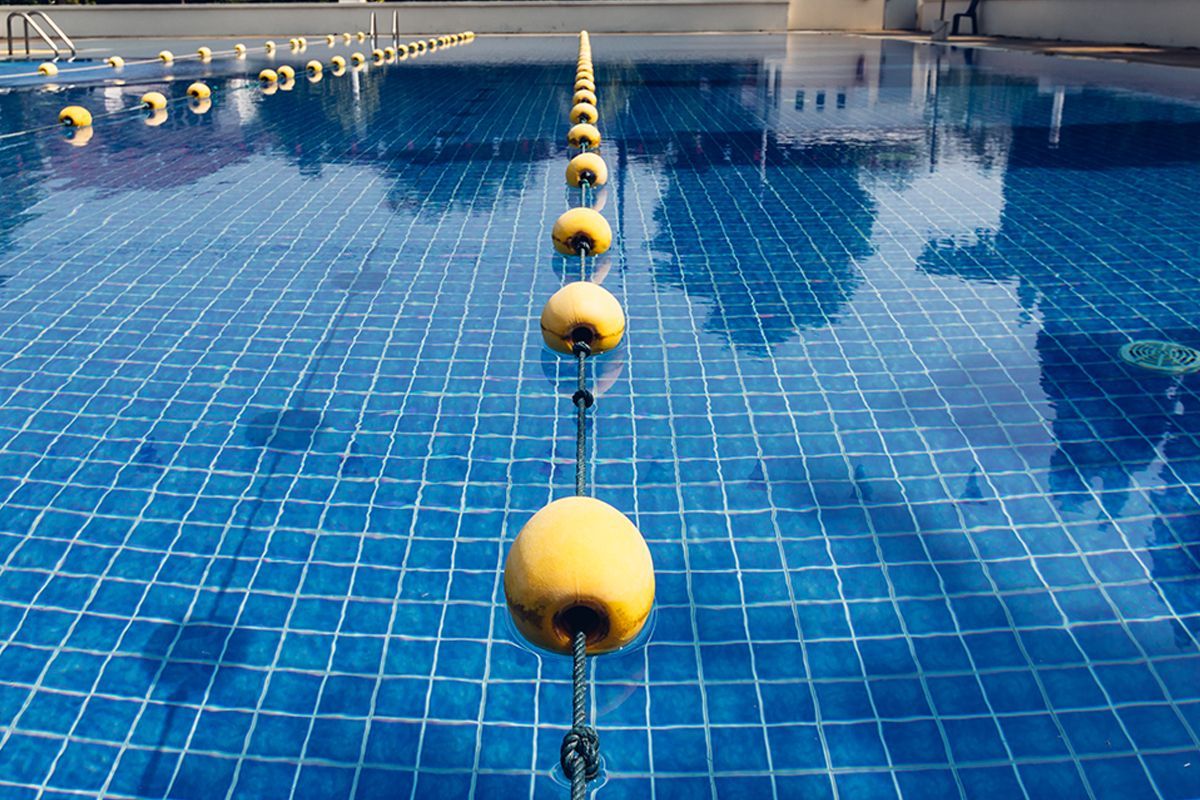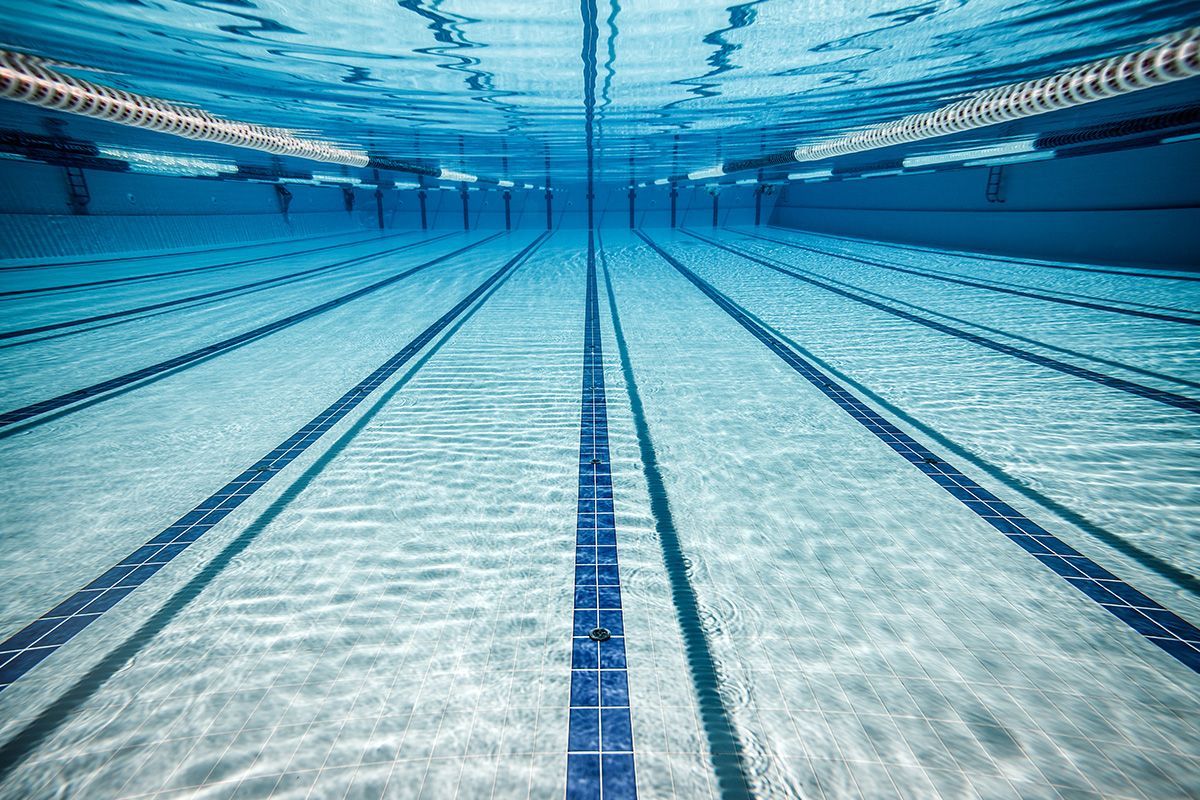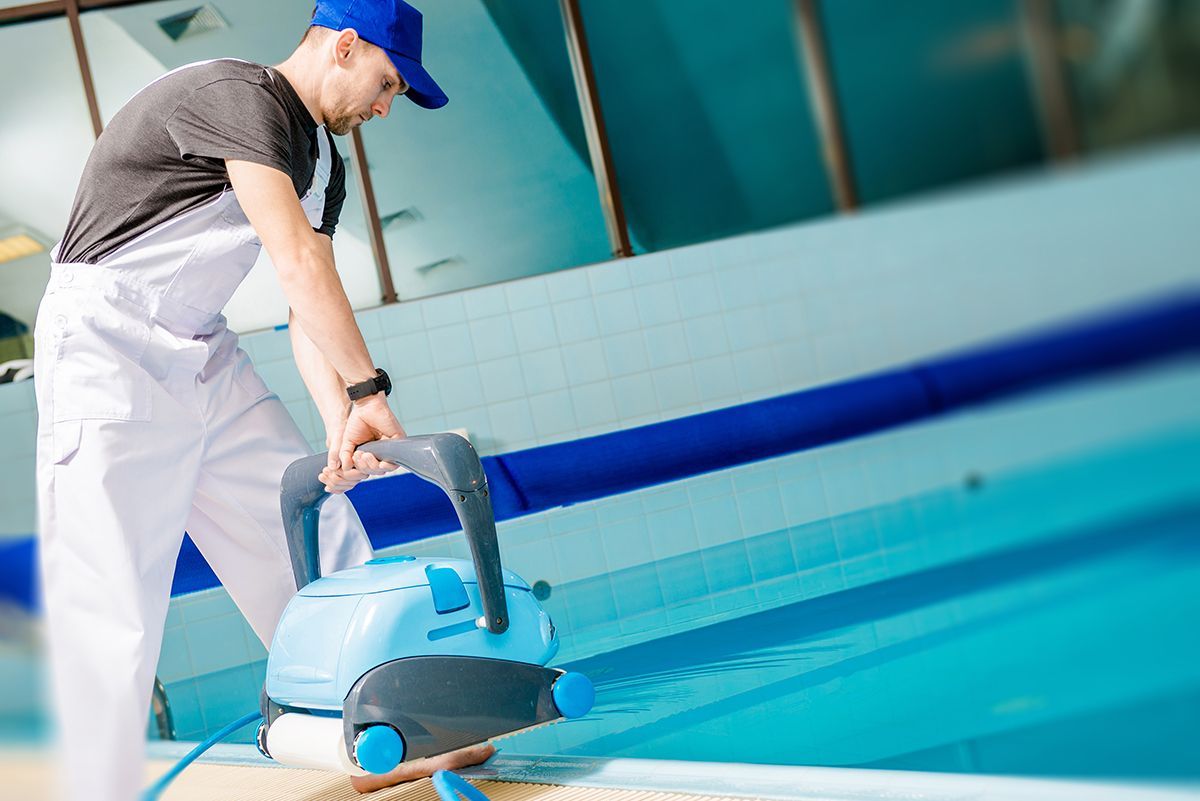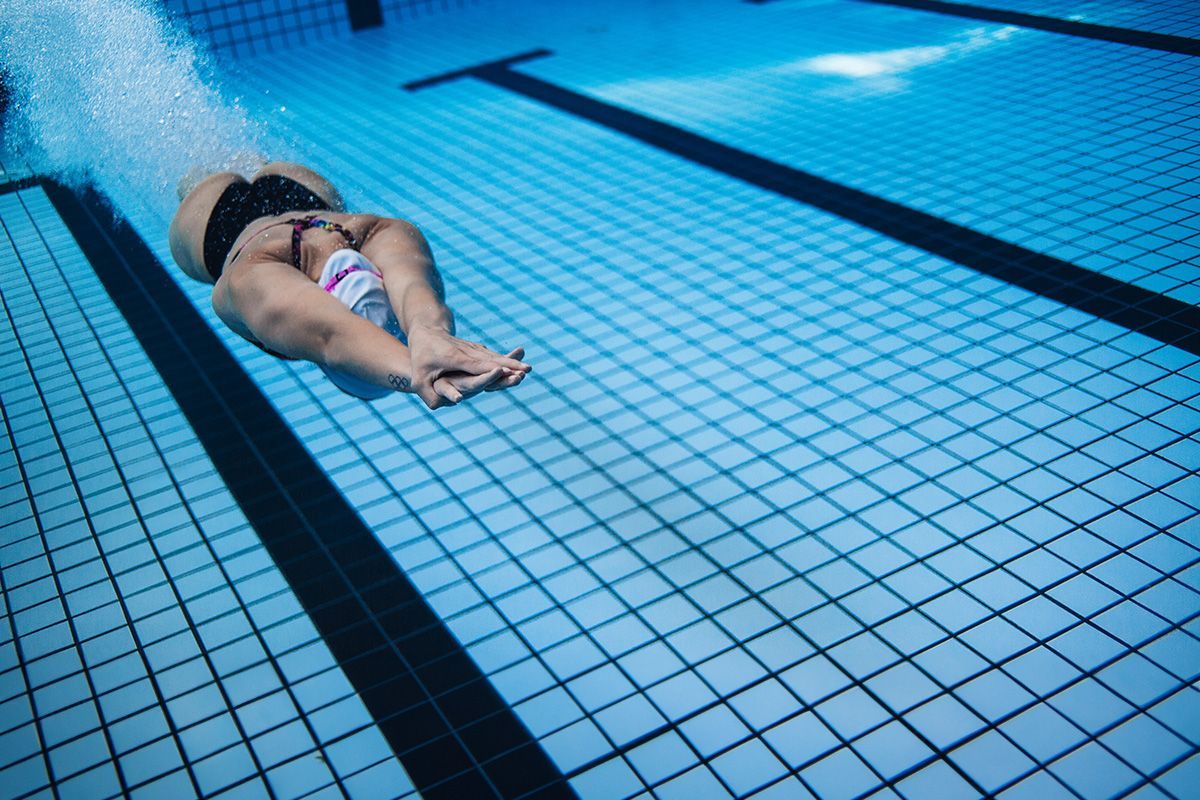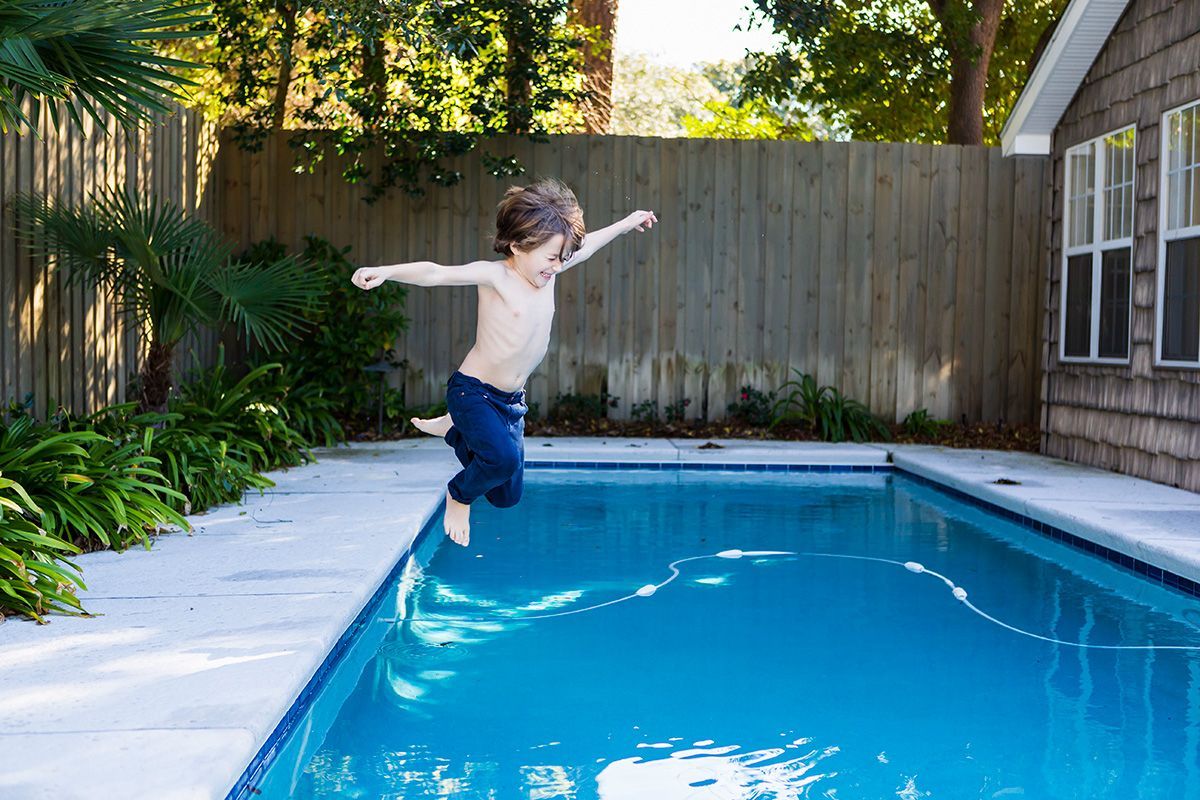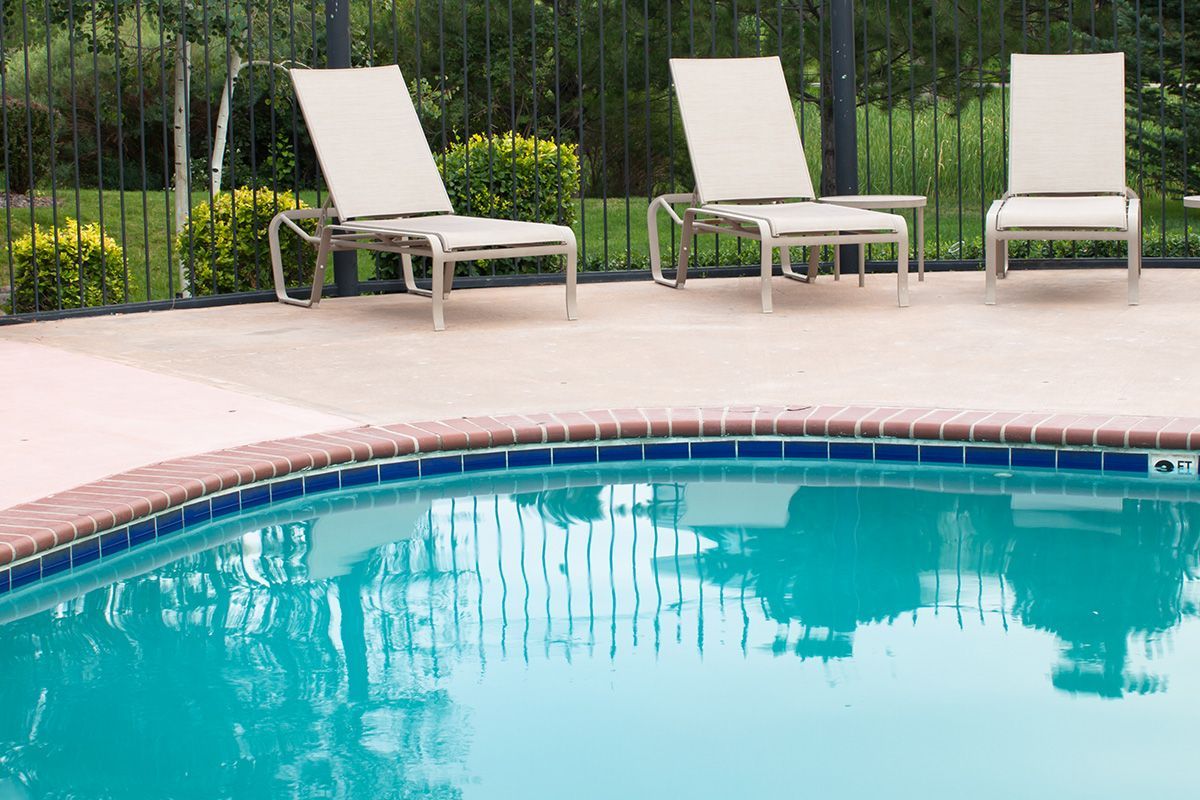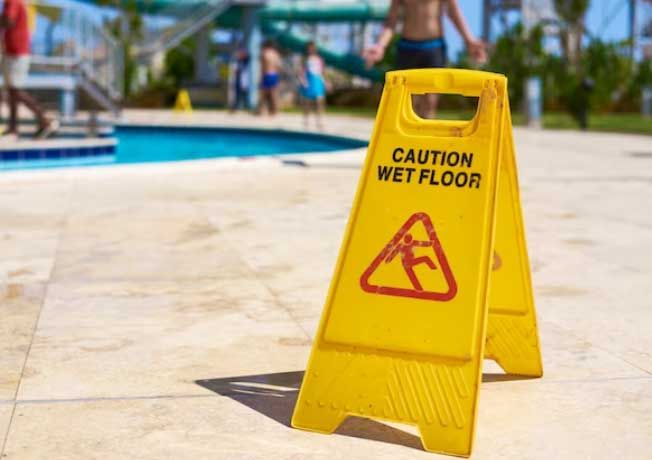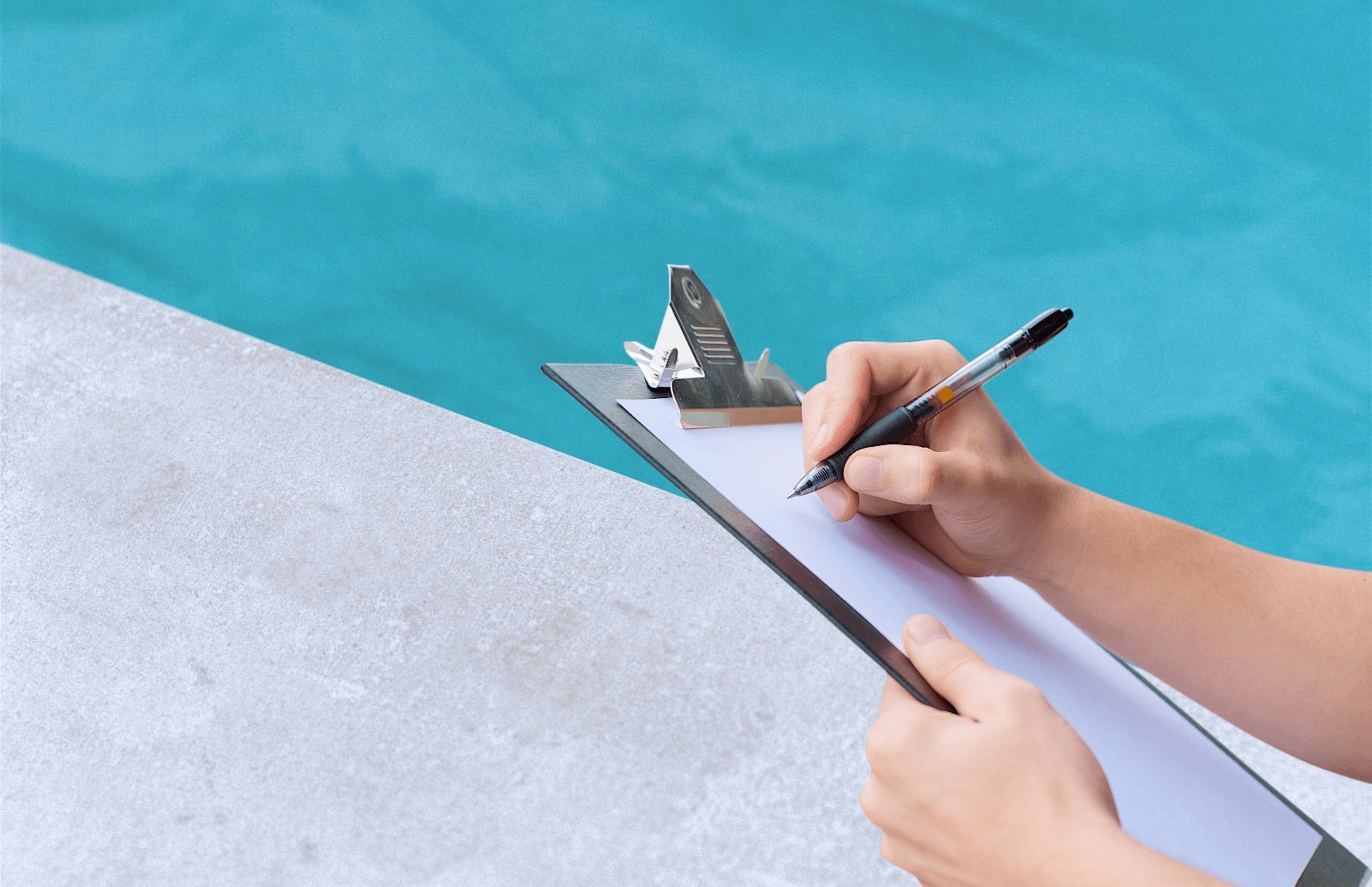Keeping Your Little Ones Safe: The ABCs of Childproofing Your Pool
Swimming pools are a source of joy and relaxation, especially during the summer months. However, it is crucial to prioritise safety when it comes to pools, especially when children are present. Childproofing your pool is an essential step to create a safe and secure environment for everyone. In this comprehensive guide, we will explore the key measures you should take to childproof your pool effectively.
Install a Secure Pool Fence
A sturdy pool fence is the first line of defence when it comes to pool safety. It acts as a physical barrier, preventing unsupervised access to the pool area. A licensed pool inspector, a four-sided fence is highly recommended. The fence should be at least four feet tall, non-climbable, and equipped with self-closing and self-latching gates.
To ensure utmost safety, the gate should be located away from any objects that could obstruct its closure. Regularly inspect the fence and gate to ensure they are in good working condition. Additionally, consider using protective barriers like nets, mesh covers, or above-ground pool alarms for added security.
Teach Water Safety and Swim Lessons
Educating children about water safety is crucial in preventing accidents. Teach them basic pool rules such as no running, no diving in the shallow end, and no swimming without adult supervision. Display safety signage in visible areas, such as the pool entrance, to reinforce these rules. Explain the reasons behind these rules and emphasise the importance of safety.
Children over the age of four should also be encouraged to learn how to swim. According to the American Academy of Pediatrics, swimming classes for younger children can be beneficial, provided they are emotionally ready and able to follow instructions. However, it is important to note that children under the age of one should not participate in swimming lessons.
Invest in Pool Alarms
Pool alarms provide an additional layer of protection for your pool. These alarms can be installed on windows, sliding glass doors, frame doors, and gates leading to the pool area. They can detect unauthorised access or movement in and around the pool, alerting you immediately.
There are different types of pool alarms available, including wearable alarms for children. These alarms sound an in-house alert if the child wearing it is submerged in water. Regularly check the batteries and ensure the alarms are in proper working condition.
Maintain Proper Drainage
Effective drainage is essential for maintaining a safe pool area. Ensure that pool water drains away from the pool and does not accumulate in the immediate vicinity. Install a compliant drain cover that is securely affixed to prevent entrapment.
Regularly inspect the drainage system for any signs of damage or blockage. Any run-off or overflow should be directed to a safe location. Compliance with local building codes and regulations is crucial when installing a drainage system.
Keep Safety Equipment Accessible
Having essential safety equipment readily available near the pool is vital in case of emergencies. Keep a first aid kit, a buoyant lifesaver, a rope, a pole, a ring buoy, and a telephone within close proximity to the pool. These items can be critical in rescuing someone in distress and providing immediate assistance.
Regularly inspect the safety equipment to ensure it is in good condition and replace any damaged or expired items. Being prepared and having the necessary equipment within reach can make a significant difference in emergency situations.
Maintain a Safe Pool Area
Creating a safe pool area involves keeping the surroundings free from potential hazards. Regularly clear the pool deck, steps, and pool surrounds of debris and obstacles that could cause tripping or slipping accidents. Ensure that the pool deck is in good condition, with no cracks or damage that could lead to injuries.
Smooth out any sharp edges or protrusions on the pool deck and consider using non-slip surfaces to prevent accidents. Install properly placed handrails and ladders to assist swimmers in entering and exiting the pool safely.
Implement Water Quality Testing
Regular testing of the pool water is essential to maintain a safe and healthy swimming environment. Test the water for chemical levels such as pH, chlorine, total alkalinity, and calcium hardness. Physical aspects like temperature, turbidity, and colour should also be monitored. Biological testing for bacteria and algae is crucial to ensure the water is free from harmful microorganisms.
Follow a regular testing schedule and address any imbalances or issues promptly. This will help prevent waterborne illnesses and ensure the pool water is safe for swimmers. Consider partnering with Pool Safety Check for professional water testing services to ensure compliance with local, state, and federal regulations.
Regular Pool Maintenance
Proper pool maintenance is essential for both safety and enjoyment. Test and adjust the pH and chlorine levels regularly, clean and backwash the filter, skim the surface for debris, and check the pump, filter, and heater for any potential issues. Regular maintenance ensures the pool functions optimally and reduces the risk of accidents or water quality problems.
Follow the manufacturer's instructions for each pool component and conduct routine inspections to identify any signs of wear or damage. Promptly address any maintenance or repair needs to keep your pool in excellent condition.
Supervise Children at all Times
Active supervision is crucial when children are around the pool. Never leave children unattended, even for a moment. Designate a responsible adult to actively watch the children while they are swimming. Avoid distractions such as phone calls or socialising that could divert attention away from supervising the pool area.
Additionally, secure doors and windows leading to the pool area to prevent children from wandering near the pool unsupervised. Consider installing an alarm system that sends alerts to your smartphone in case of any unauthorised access or movement in the pool area.
Stay Updated on Pool Safety Guidelines
Pool safety guidelines and regulations may vary depending on your location. Stay informed about the latest safety requirements and recommendations for pool owners. Regularly check with local authorities or consult professionals like Pool Safety Check to ensure your pool complies with all applicable regulations.
Remember, childproofing your pool is not a one-time task. Regular inspections, maintenance, and adherence to safety guidelines are crucial to ensure ongoing safety. With the right measures in place, you can create a pool that offers both enjoyment and peace of mind for everyone.
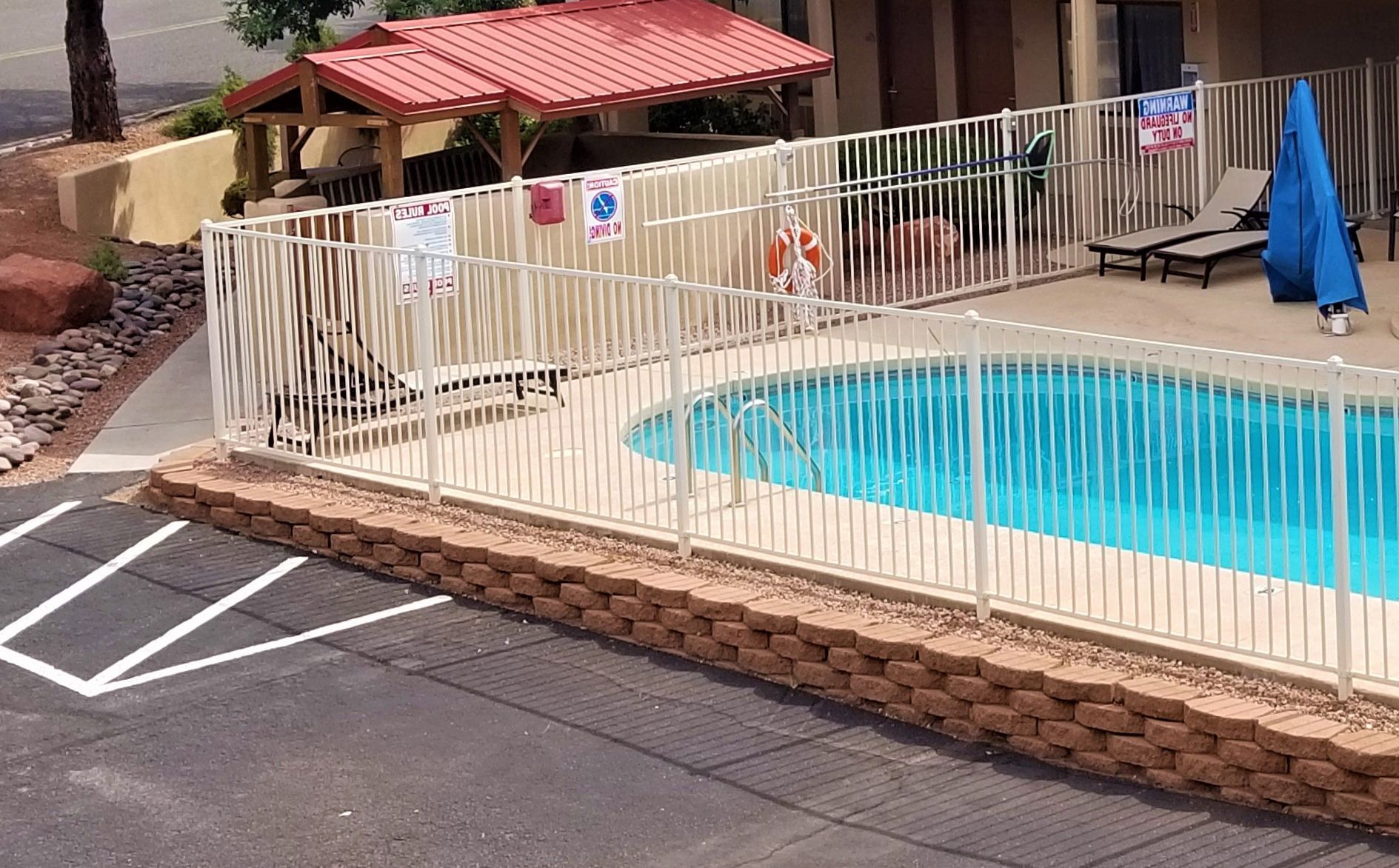
OUR LOCATION MAP
All Rights Reserved | Pool Safety Check

